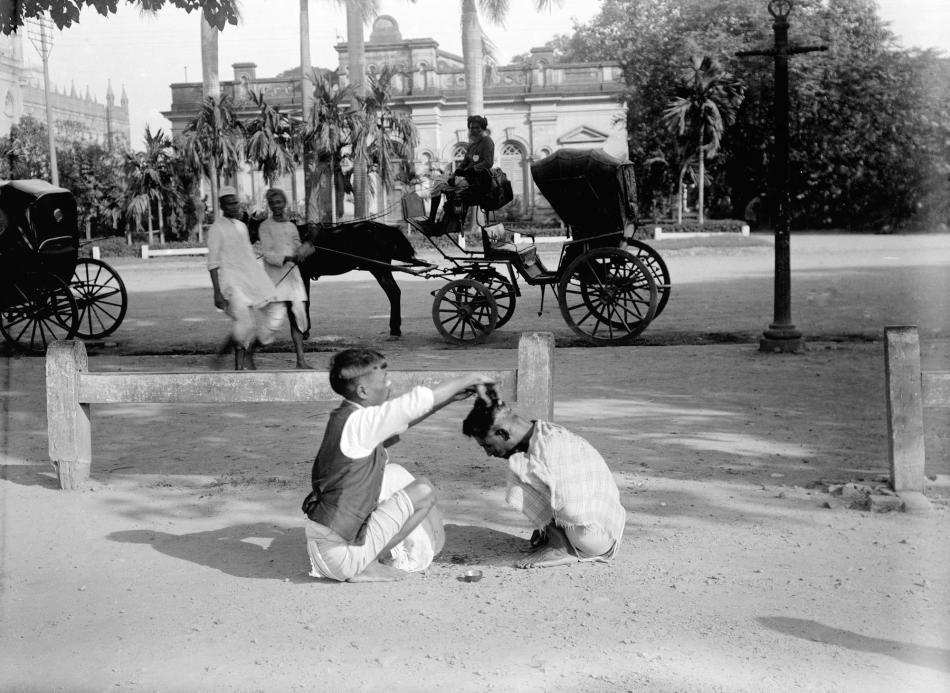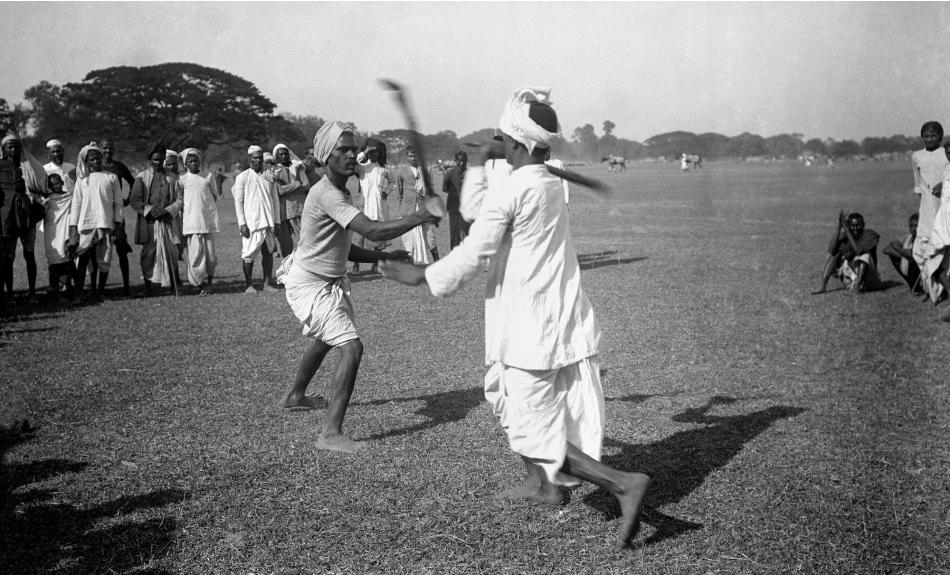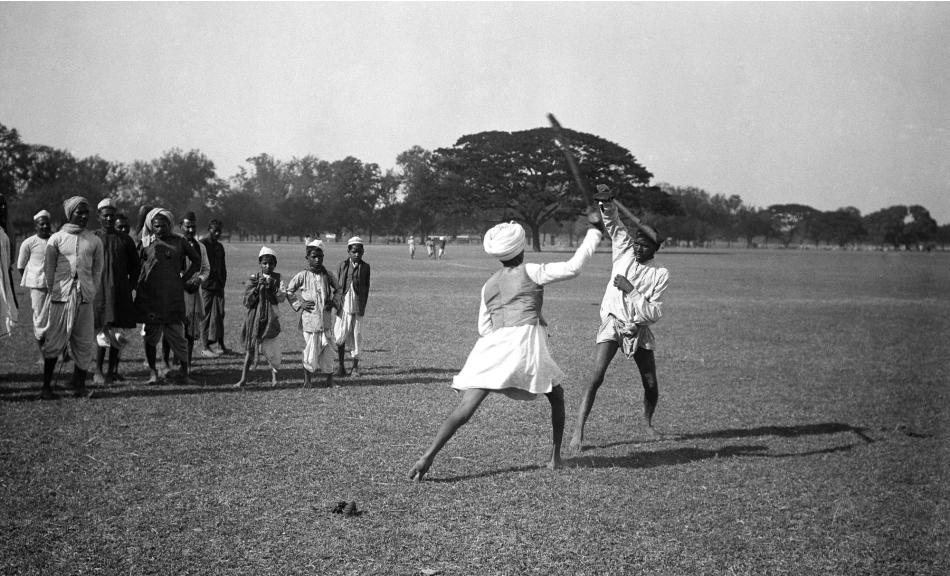What Is Body Odor (B.O.)? What Causes Body Odor?
Body odor, or
B.O.,
bromhidrosis,
osmidrosis and
ozochrotia,
is a perceived unpleasant smell our bodies can give off when bacteria
that live on the skin break down sweat into acids - some say it is the
smell of bacteria growing on the body, but it really is the result of
bacteria breaking down protein into certain acids.
Body odor usually becomes evident if measures are not taken when a human reaches puberty
- 14-16 years of age in females and 15-17 years of age in males. People
who are obese, those who regularly eat spicy foods, as well as
individuals with certain medical conditions, such as diabetes, are more susceptible to having body odor.
People who sweat too much - those with hyperhidrosis
- may also be susceptible to body odor, however, often the salt level
of their sweat is too high for the bacteria to break down - it depends
where the excess sweating is occurring and which type of sweat glands
are involved.
Sweat itself is virtually odorless to humans; it is the rapid
multiplication of bacteria in the presence of sweat and what they do
(break sweat down into acids) that eventually causes the unpleasant
smell. The smell is perceived as unpleasant, many believe, because most
of us have been brought up to dislike it. Body odor is most likely to
occur in our feet, groin, armpits, genitals, pubic hair and other hair,
belly button, anus, behind the ears, and to some (lesser) extent on the
rest of our skin.
Body odor can have a nice and specific smell to the individual, and can
be used - especially by dogs and other animals - to identify people.
Each person's unique body odor can be influenced by diet, gender,
health, and medication.
Two types of acid are commonly present when there is body odor:
- Propionic acid (propanoic acid) is commonly found in sweat - propionibacteria break amino acids down into propionic acid. Propionibacteria
live in the ducts of the sebaceous glands of adult and adolescent
humans. Some people may identify a vinegar-like smell with propionic
acid, because it is similar to acetic acid, which gives vinegar its sour
taste and pungent smell.
- Isovaleric acid (3-methyl butanoic acid) is another source of body odor as a result of actions of the bacteria Staphylococcus epidermidis, which are also present in several strong cheese types.
Sweating and our sweat glands
The average human body has three to four million sweat glands, of which there are two types:
- Eccrine glands - a type of simple sweat gland that is located
in almost all areas where there is skin. They produce sweat that
reaches the skin's surface via coiled ducts (tubes). When sweat
evaporates from the skin the body is cooled. Eccrine glands are
responsible for regulating our body's temperature.
- Apocrine glands - these glands are found in the breasts,
genital area, eyelids, armpits and ear. In the breasts they secrete fat
droplets into breast milk. In the ear they help form earwax. Apocrine glands in skin and the eyelids are sweat glands.
Most of the apocrine glands in the skin are located in the groin,
armpits and around the nipples of the breast. Apocrine glands in the
skin usually have an odor; they are scent glands.
Experts say that pheromones subconsciously influence how we react to
each other; one human may find another sexually attractive because the
smell of their pheromones is attractive to him/her. The apocrine glands
are mainly responsible for body odor because the sweat they produce is
high in protein which bacteria can break down easily. The eccrine
glands produce sweat which is high in salt, making it harder for
bacteria to break down the protein. In other words, a lot of our B.O.
(body odor) comes from the sweat produced by our apocrine glands.
Why do people get smelly feet (bromodosis)?
Most of us wear shoes and socks, making it much more difficult for the
sweat to evaporate, giving the bacteria more sweat to break down into
smelly substances. Moist feet also raise the risk of fungi developing,
which can also give off unpleasant smells.
Diagnosing body odor
In the vast majority of cases of body odor it is not necessary to see
your doctor. The individual himself/herself may be aware of it, or a
good friend or a member of the household may tell them about their body
odor. There are some self-care techniques that will usually successfully
treat the problem.
When to see your doctor
Some medical conditions may change how much a person sweats, while
others can alter how we sweat, subsequently changing the way we smell.
For example, hyperthyroidism (an over-active thyroid gland) or the menopause
can make people sweat much more, while liver disease, kidney disease,
or diabetes can change the consistency of sweat so that the person
smells differently. You should see your doctor if:
- You start sweating at night
- You start sweating much more than you normally do, without any logical reason
- You have cold sweats
- Sweating disrupts your daily routine
- You body smells differently - if it is a fruity smell it could be
due to diabetes, liver or kidney disease often makes the individual have
a bleach-like smell
What are the treatment options for body odor?
- Armpits - a large concentration of apocrine glands exist in
the armpits, making that area susceptible to rapid development of body
odor.
- Keep the armpits clean - wash them regularly using anti-bacterial soap, and the number of bacteria will be kept low, resulting in less body odor.
- Hair under the armpits slows down the evaporation of sweat,
giving the bacteria more time to break it down into smelly substances;
shaving the armpits regularly has been found to help body odor control
in that area.
- Deodorant or antiperspirant - deodorants make the skin more
acidic, making the environment more difficult for bacteria to thrive. An
antiperspirant blocks the sweating action of the glands, resulting in
less sweating. Some studies, however, have indicated that
antiperspirants may be linked to breast cancer or prostate cancer risk; this study suggests that the evidence is inconclusive either way.
- Botulinum toxin - this is a toxin produced by Clostridium botulinum;
it is the most poisonous biological substance known. However, very
small and controlled doses are today being used in various fields of
medicine. A relatively new treatment is available for individuals who
sweat excessibely under the arms.
The patient is given approximately 12 injections of botulinum toxin in
the armpits - a procedure that should not last more than 45 minutes. The
toxin blocks the signals from the brain to the sweat glands, resulting
in less sweating in the targeted area. One treatment can last from two
to eight months. In countries where free universal healthcare is
available, such as the NHS (National Health Service), UK, botulinum
toxin therapy for excessive underarm sweating is not usually available
and most patients will have to do it privately (pay for this specific
treatment).
- Wash daily with warm water - have a shower or bath at least
once a day. Remember that warm water helps kill off bacteria that are
present on your skin. If the weather is exceptionally hot, consider
bathing more often than once a day.
- Clothing - natural fibers allow your skin to breathe,
resulting in better evaporation of sweat. Natural-made fibers include
wool, silk or cotton.
- Spicy foods - curry, garlic and some other spicy (piquant)
foods have the potential to make some people's sweat more pungent. Some
experts believe a diet high in red meat may also raise the risk of
developing more rapid body odor.
- Aluminum chloride - this substance is usually the main active
ingredient in antiperspirants. If your body does not respond to the
home remedies mentioned above, talk to a pharmacist or your doctor about
a suitable product containing aluminum chloride. Follow the
instructions given to you carefully.
- Treatment for smelly feet (bromodosis) - smelly feet are
less of a problem socially than underarm B.O. because the unpleasant
odor is usually contained by shoes and socks. However, the smell may
become obvious if the person with smelly feet visits a home where shoes
are taken off before entering, as is the custom in various countries and
homes. The following steps may help control food odor:
- Wash your feet in warm water regularly - this means at least
once a day. Remember that warm water is better at killing off bacteria
than cold water. Tea-tree oil, when added to water, helps kill off
bacteria (do not apply tea-tree oil directly to skin). Make sure you dry
your feet thoroughly afterwards, including in between your toes.
- Socks - they must allow the sweat to evaporate. The best
socks are those made of a combination of man-made fibers and wool. Wear a
clean pair of socks each day.
- Shoes - if you wear trainers or shoes with plastic linings
make sure it is not for long. A leather lining is better for sweat
evaporation. If you have a problem with sweaty feet, do not wear the
same pair of shoes two days in a row - shoes do not completely dry
overnight.
- Pumice stone - bacteria thrive on dead skin. If the soles of your feet have patches of dead skin remove them with a pumice stone.
- Deodorants and antiperspirants - ask your pharmacist for
special foot deodorants and antiperspirants. If you have athlete's foot
you should not use deodorants or antiperspirants - treat the fungal
infection first with appropriate medication.
- Go around barefoot - whenever you can walk around barefoot, or at least slip out of your shoes regularly




















